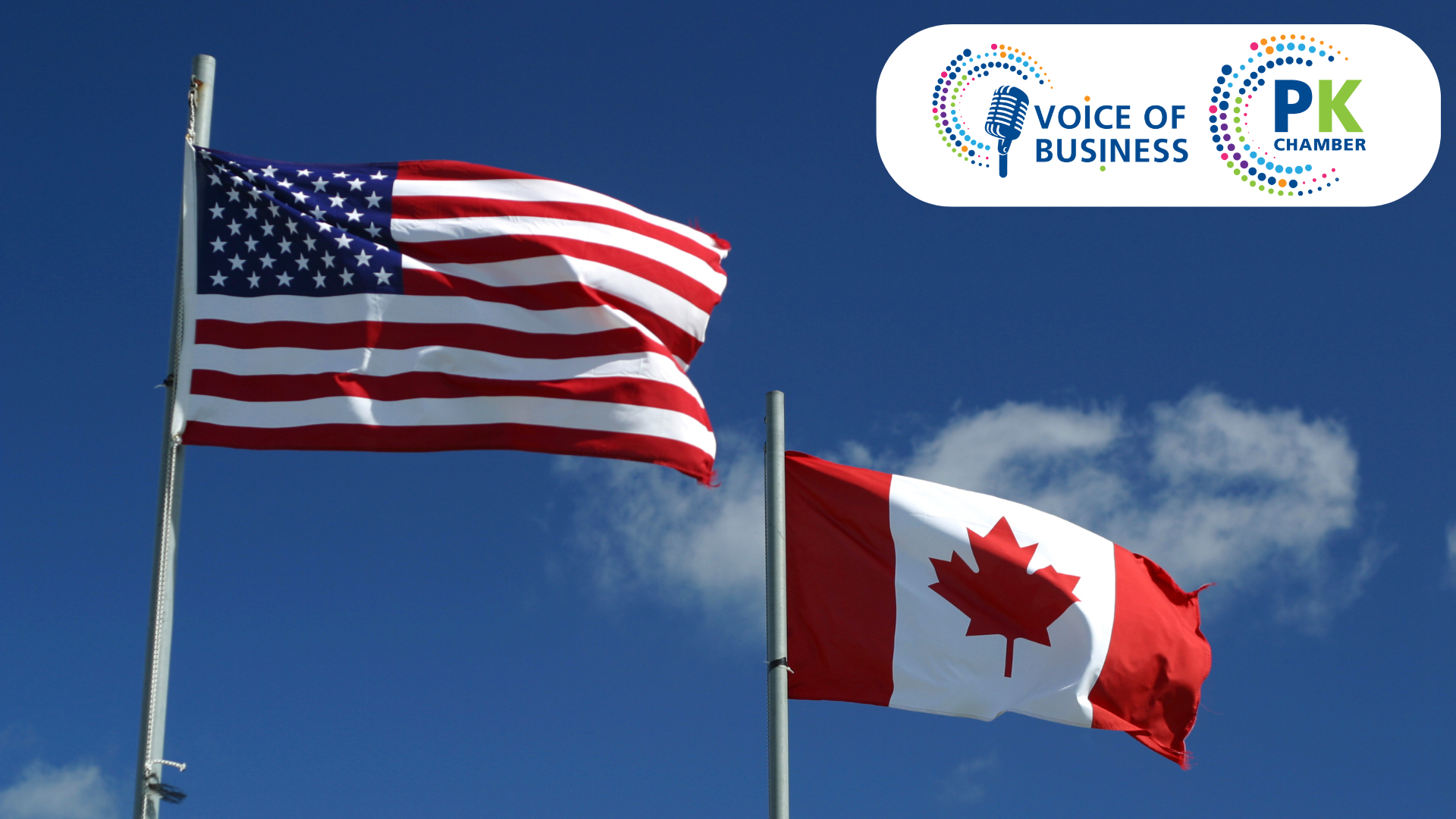This week's VOB explores the implications of proposed tariffs on Canadians and Canadian businesses, the historical context of similar situations and the potential economic fallout of this looming issue.
In November 2024, President-Elect Donald Trump announced his intent to impose a 25 per cent tariff on all goods from Canada and Mexico unless both countries address issues related to drug and migrant flows across the border. In response, Canada pledged $1.3 billion in new spending for border security although legislative action on this plan is stalled due to Parliament’s prorogation until March 24, leaving key details in limbo.
The potential consequences of these tariffs are evident. Experts estimate that Canada’s GDP could decrease by more than 2.4 per cent, contributing to significant inflationary pressures and the loss of as many as 1.5 million jobs. The impact wouldn’t be isolated to Canada—the U.S. is also projected to see a 1 per cent reduction in its GDP if these measures proceed. These tariffs would affect manufacturers, employers, and consumers alike, creating widespread disruption and economic strain.
This is not Canada’s first experience with Trump-era tariffs. In 2018, he imposed a 25 per cent tariff on steel and 10 per cent on aluminum products. Canada responded with its own $16 billion in tariffs on U.S. goods before both nations reached an agreement in 2019. A similar cycle repeated in 2020 with the introduction of additional 10 per cent tariffs by the U.S., countered by Canada. Prime Minister Justin Trudeau has signalled that Canada will implement countermeasures if the proposed January 2025 tariffs go into effect.
The automotive sector, which sources 20 per cent of its inputs from the U.S., is one of the industries most vulnerable to cost increases. Other affected sectors include energy, chemical and plastic manufacturing, forestry products, and machinery—all susceptible to supply chain disruptions and rising costs. Small and medium-sized businesses, which account for 40 per cent of Canada’s exports to the U.S., would face similar challenges, with tighter margins and declining sales potentially leading to widespread job losses. In Ontario alone, the potential toll could reach 500,000 jobs.
In preparation, the Canadian government is considering retaliatory tariffs, targeting products such as toilet paper and orange juice, although specific measures remain under development. This situation, experts suggest, is part of Trump’s broader negotiation strategy—a high-pressure tactic aimed at achieving stricter border security measures by leveraging extreme demands.
While the federal government’s response is on hold due to Parliament’s prorogation, several provinces have proactively bolstered border security resources. For businesses, preparing for the potential tariffs is vital. Andrea Schaffer, an expert in international trade, recommends business conduct a “thorough supply chain assessment to identify risks, planning for both 10 per cent and 25 per cent tariff scenarios, building six months of cash reserves, and renegotiating contracts to include tariff provisions and limit financial exposure.”
Though businesses can take steps to mitigate the potential impacts, support from all levels of government will be critical in navigating the challenges ahead. The uncertainty surrounding these tariffs underscores the importance of proactive planning and coordinated action to protect the economy and the workforce from their far-reaching effects.


